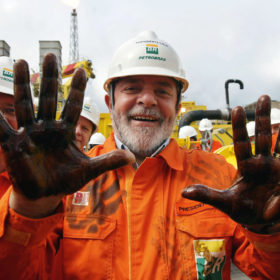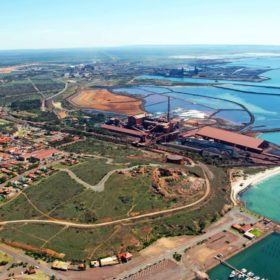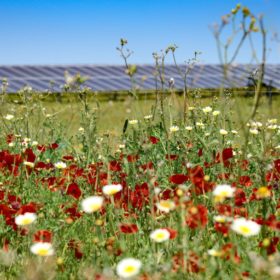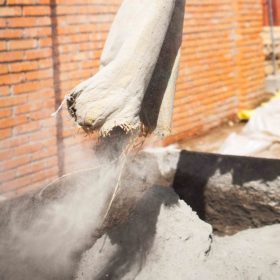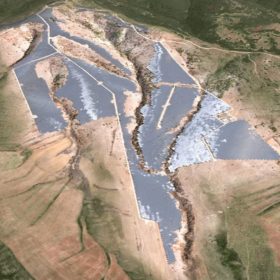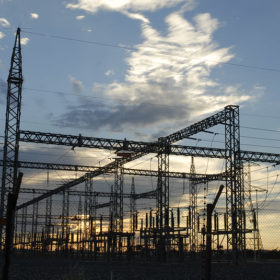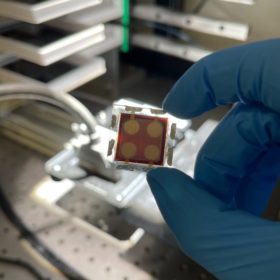New microinverter for solar water pump applications
Canadian manufacturer Sparq has unveiled a three-phase microinverter for on-grid and off-grid solar water pumps. It has a peak efficiency of 97.5% and a nominal maximum power point tracking (MPPT) efficiency of 99.8%.
Slovenia set to install 258 MW of new solar in 2022
Slovenia’s cumulative PV capacity additions could grow from 466 MW in 2021 to 724 MW by the end of this year. The residential market will account for almost all new capacity, and demand is expected to grow under a net-metering scheme extension until the end of 2023.
Weekend Read: Can Lula deliver on Brazil’s solar hopes?
Brazil’s newly elected government, under Luiz Inácio “Lula” da Silva, will face energy-transition and decentralization issues during critically important years in the fight to curb climate change. Livia Neves reports from Rio de Janeiro.
Tokyo introduces mandatory PV requirements for new buildings, homes
The Tokyo Metropolitan Assembly has approved new provisions to make solar installations mandatory for new homes. The rules apply to homes with total rooftop areas of more than 20 square meters, and to buildings with rooftops smaller than 2,000 square meters.
South Australia launches tender for $398 million green hydrogen power plant
The South Australian government has called for proposals from industry partners to build a $398 million (AUD 593 million) green hydrogen power plant, including 250 MW of hydrogen electrolyzer facilities and fit-for-purpose hydrogen storage infrastructure on the Eyre Peninsula.
European Commission reduces approval time for renewables to 9 months
Members of the European Parliament (MEPs) have amended a European Commission proposal on approval times for new renewables projects. Approvals will be shortened from 12 months to nine for projects in so-called “renewable acceleration areas.”
Cooling down photovoltaic panels with concrete
Scientists in Italy have proposed the use of radiative coolers made of cementitious materials to reduce the operating temperature of solar panels. The novel system configuration consists of a stack made by a reflector, a cement-based radiative cooler, and a bifacial solar cell.
Construction begins on Bulgaria’s largest solar plant
Bulgarian developer Sunotec says it expects to complete the 124 MW Verila solar project by the end of 2023. It says it will build the array at an altitude between 700 meters and 1,000 meters above sea level.
South Africa’s Eskom kicks off 36.5 MW/146 MWh storage tender
South African utility Eskom aims to develop 35 MW/140 MWh of battery storage capacity at its substations in Eastern Cape province. The tender will also accept bids for a 1.5 MW/6 MWh storage system, plus 2.04 MW of solar PV at another substation. Eskom started building the country’s first battery energy storage system (BESS) last week.
Australian researchers reveal new pathways for perovskite cells
Controlling the crystallization process of perovskite thin films is one of the most challenging aspects for upscaling solar tech, but an Australian research team claims to have made a breakthrough by creating next-generation PV cells with the potential to rival the durability of silicon alternatives.


